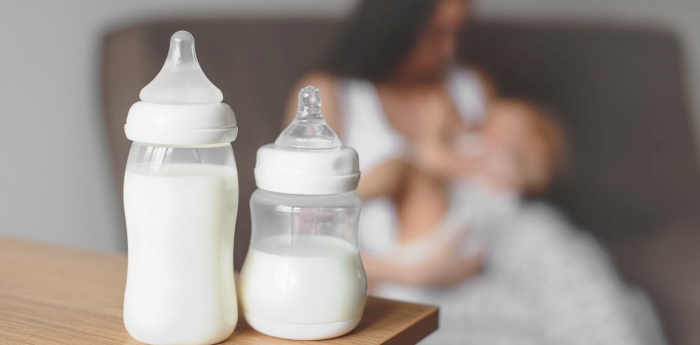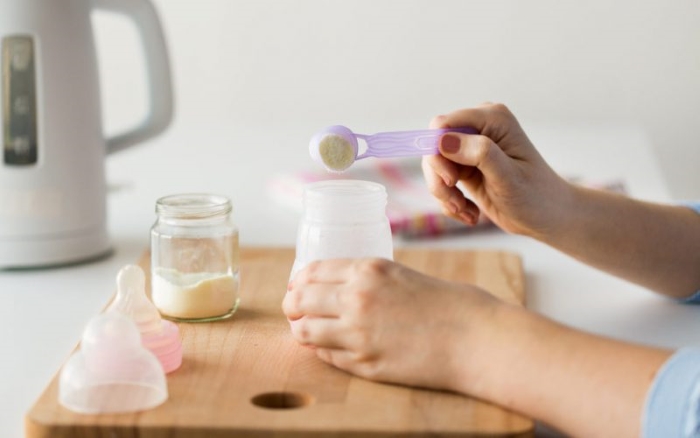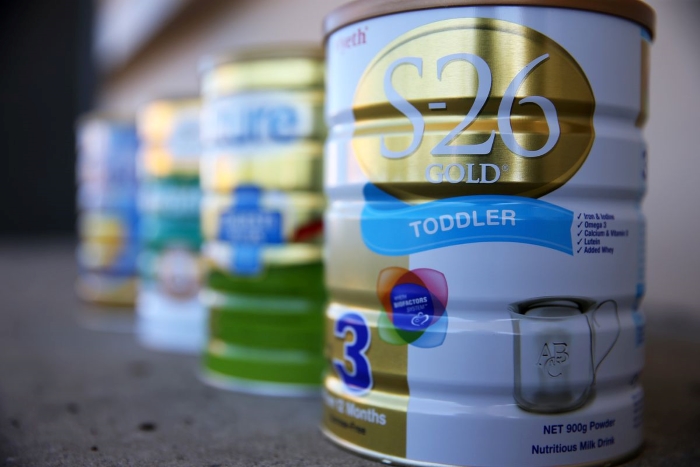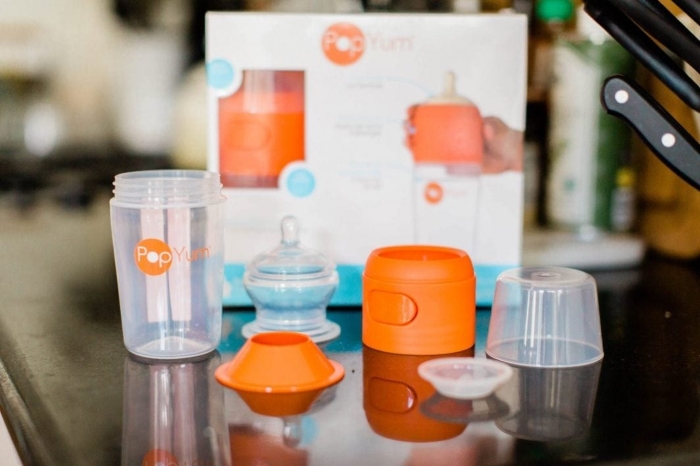Having a baby is one of the biggest changes in life that you’ll experience, so you need to be well prepared for this new journey. One of the decisions you’ll have to make when preparing for your first baby is choosing between breastfeeding and bottle feeding.
Although more than 95% of Australian mothers intend to breastfeed their babies, around 30% of babies are given formula during their first month, and by 6 months of age, almost 70% of babies are introduced to formula, either partially or fully. The reason is that for some women, breastfeeding is simply not possible due to medical situations or due to their lifestyle.

Baby formula is considered a healthy feeding alternative for mums who can’t breastfeed or decide not to. Baby formulas are specially formulated to provide babies with the nutrients they need to grow and stay healthy. Made under sterile conditions, infant formula attempts to imitate mother’s milk using a complex blend of proteins, fats, sugars and vitamins. As every baby is different, there are many options of formulas are available to better suit their needs.
How Do You Choose a Baby Formula?
When shopping for a baby formula you’ll find that most of them are based on cow’s milk. These formulas are suitable for most infants unless they can’t be used for some reason, be it medical, cultural or religious. If a food allergy is suspected or a family history of allergies exists, consult with a health professional before introducing formula.
If a cow’s milk-based formula isn’t suitable for your baby, he/she may need a special formula. Special baby formulas include:

Soy-Based Formula
For babies who can’t have dairy-based products, soy-based formula is a better option to give them all the nutrients they need. You should always talk with your pediatrician first to discuss the potential risks of soy consumption for growing babies.
Hydrolysed Formula
Although a hydrolysed formula is not recommended for the prevention of allergies, babies with a proven cow’s milk allergy or cow’s milk protein intolerance can benefit from the extensive use of hydrolysed formula.
Goat’s Milk-Based Formula
Goat’s milk formula contains the same nutritional value as cow’s milk-based. The proteins are also very similar, which means if your baby is allergic to cow’s milk, he/she may also react to goat’s milk formula.
Gold Formula
Gold formulas include certain fatty acids that are important in the development of the brain, eyes and other parts of the body. These fatty acids are found in breast milk and are also produced by the body.

Regardless of which type of formula you choose, make sure you follow the use of each formula according to the instructions of the can, including using the age-appropriate formula for your baby. Starter, Newborn or State 1 formulas are formulated for birth to 1 year of age. Step 2, Progress or
Follow-On formulas can be used from 6 months to one year of age. Babies older than 6 months have different nutritional needs, the reason why these formulas contain more protein and iron as well as different amounts of vitamins and minerals, compared to early baby formulas.
How Do You Choose a Feeding Bottle?
With so many options of baby feeding bottles available, it can be difficult to know which one to choose. One thing you should avoid doing is stocking up on only one type of bottle. Even though some bottles are marked as magical feeding weapons, your baby is the one who will approve it or not. So, start out with just a few, or maybe even two different types, to find out which one works best for your little one.
Standard bottles feature a narrow and cylindrical design and usually come with their own teats and lids. These bottles are reasonably priced and are widely available. However, a possible downside of these bottles is that they can be trickier to fill due to their narrow-necked design. Also, they may trigger colic symptoms in some babies.
That said, specialised anti-colic baby feeding bottles are designed to reduce the likelihood of colic symptoms. These bottles often come with air vents, tubes or collapsible bags for the milk in order to reduce the amount of air swallowed. Note that using these bottles isn’t a guaranteed solution, but they might help ease the symptoms for some babies. One of the best ways to prevent the likelihood of your baby swallowing air, regardless of which type of bottle you choose, is to keep the teat full of milk. Some babies can become really uncomfortable if they swallow air.

Most standard bottles hold 225ml of milk. You can also get a smaller bottle that holds 125ml of milk for newborns. When it comes to how much formula to give baby, it will depend on how old they are. Newborns don’t feed a lot, so you may find the smaller bottles more suitable for this period. As your baby grows, you’ll need to move to larger bottles. As every baby is different, I really can’t say when this should happen. The best way to find out is to follow your baby’s feeding signs and cues that they want more milk, such as sucking on their fingers or starting to get restless.
You can find teats made from silicone or latex. Silicone teats are less flexible but are more durable than latex, which needs to be replaced regularly. As allergies to latex are increasing worldwide, some parents are becoming cautious about using latex. As for the shape, teats come in either a traditional bell shape or a natural shape (the one that mimics a nipple).
There is no real evidence that one shape of the teat is better than another one so you might have to try both types to find out which one your baby prefers.












